At a colossal 5,895m, Mount Kilimanjaro is one of the largest volcanoes to ever break through the Earth’s crust. Our challenge is to clamber above the sea of clouds to its summit – and conquer the famous ‘Roof of Africa’!
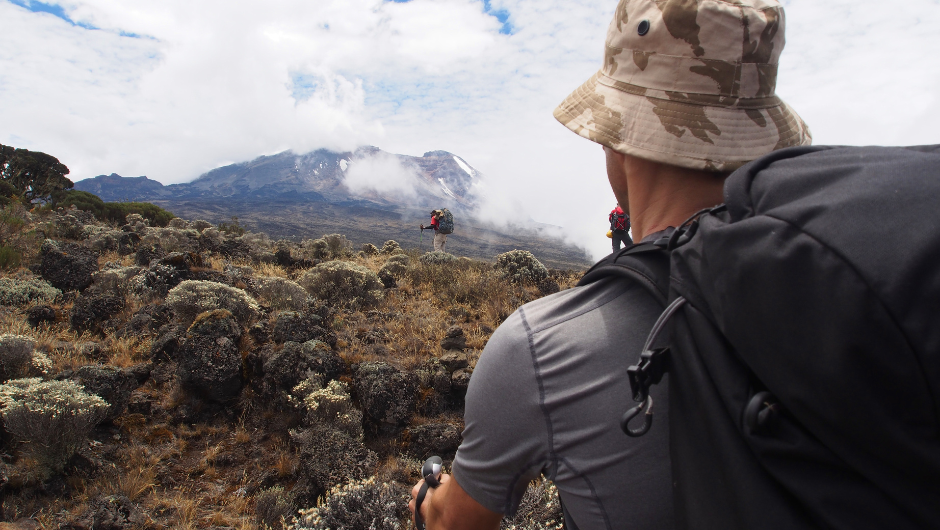
What is the Kilimanjaro Summit Climb – Lemosho Route challenge?
Our Kilimanjaro Summit Climb – Lemosho Route challenge begins in the lush rainforests of the Lemosho Glades, climbing towards the Shira Plateau – the perfect spot to acclimatise. From here we can see our goal: the ice-capped peak of Kibo. We follow the impressive Southern Flank, Barranco Wall and Barafu Route to the summit. This is one of the toughest but most exhilarating adventures you will ever embark on!
But why choose the Lemosho Route? The Lemosho Route starts from the south-west of the Kilimanjaro massif. The itinerary is typically longer than other southern and eastern routes, so this so gives superior acclimatisation time. A key reason as to why we have a 97% success rate reaching the summit!
There is no substitute for proper acclimatisation, so our challenge allows you to take your time, and increase your chances of reaching the Roof of Africa.
Highlights include:
- Follow the uncrowded Lemosho Route, supported by expert guides and in the company of like-minded challengers.
- The trail crosses Shira crater – a giant caldera – before following the Barafu Route up to the summit. You descend the south side of this fabulous mountain with great views of Mawenzi – so you get phenomenal views of Kilimanjaro’s three craters!
- Trek through five incredible, unspoilt eco-systems – tropical rainforest, Alpine meadows, moorland, desert uplands, right up to icy glaciers.
- Embrace a truly life-changing journey, conquering the highest point in Africa.
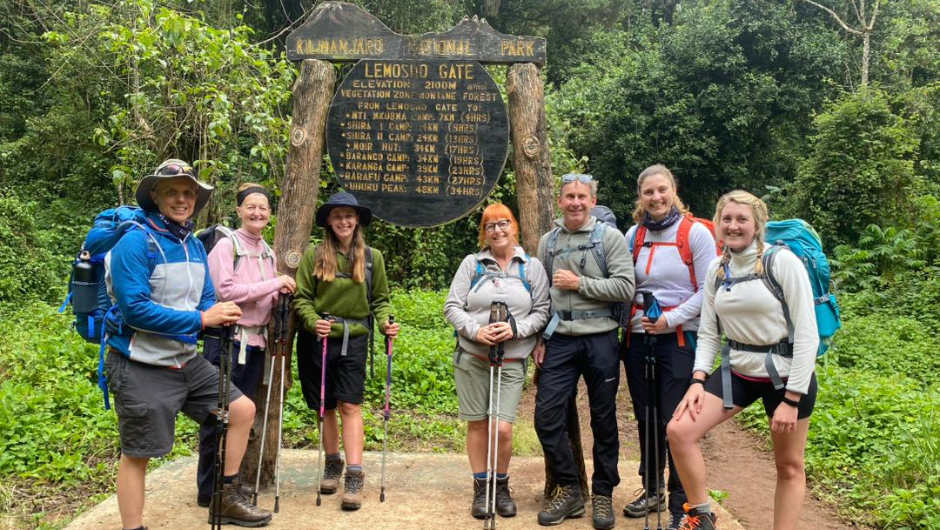
What will I achieve?
This 12-day challenge involves 8-days of extremely tough trekking (and some scrambling) – at high altitudes. Here’s a breakdown of what you’ll accomplish (and can proudly share with your sponsors):
- Trekking for around 6-8 hours per day, battling high altitude on the mountain, up to the summit of 5,895m!
- Sleeping in a tent for 7 nights, experiencing nightly temperatures of down to -15 degrees.
- Arising before dawn and trekking through the night on summit day.
- Ascending 1000m on the summit climb, followed by a gruelling 2000m descent.
- Ticking off one of the famous ‘Seven Summits’ (the highest mountains in each of the seven traditional continents).
Check out our Kilimanjaro Facts Page for lot’s of information on routes, history, tips and some fun facts! Feel free to share these with your supporters too.
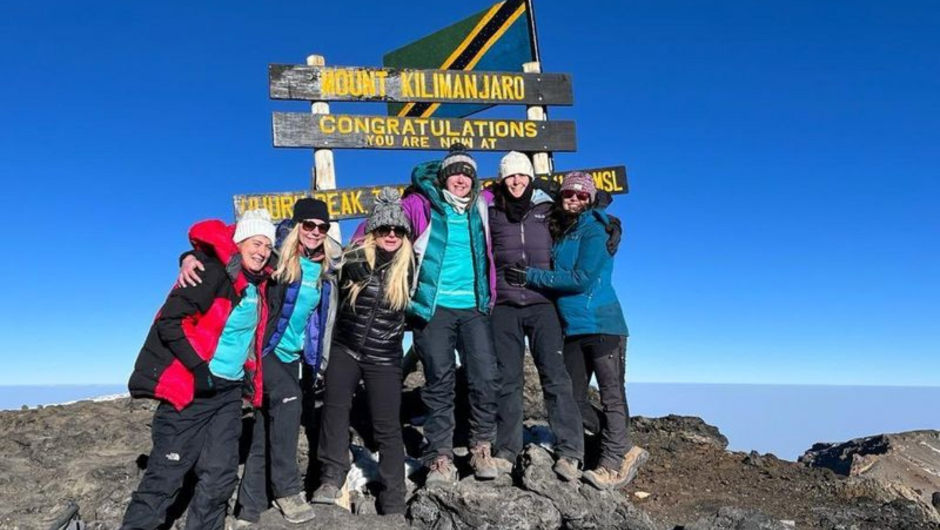
I’m thinking of booking, what do I need to know?
For a quick overview of what to expect from this challenge, we’ve pulled together some advice below – including some top tips straight from our experienced team! For further information, please visit our Kilimanjaro Summit Climb – Lemosho Route webpage, which covers all details thoroughly.
Packing Smart for Extreme Conditions
For a detailed breakdown of what clothing, trekking gear and extras to pack, always refer to our official Kit List.
Packing for Kilimanjaro means preparing for extreme and changeable conditions that will push your gear to its limits. Good quality kit can make the difference between reaching the summit and falling short. We recommend hiring high-performance equipment from our partners at Outdoorhire – especially a sleeping bag with a comfort rating between -10ºC and -20ºC. Test and wear in all your gear, particularly your boots, before the trip and remember that porters can only carry up to 15kg, so pack as light as possible.
Top Tips:
- Bring your favourite snacks – the more calories and sugar content the better! Before I set off on my Kilimanjaro trek, I thought I would be smart and only bring healthy snacks. What a huge mistake that was. When times get tough on a challenge, having a variety of your favourite snacks can make the world of difference. By the end of the challenge, I couldn’t face another seeded bar for a very long time! – Jenn Payne, Challenge Leader
- Test out your gear thoroughly during your training. Go camping and on long hikes, making sure to wear in your boots and backpack. Trekking poles are especially useful for the downhill descent after summiting! – Rhiannon Besley, Operations Manager (and Kilimanjaro summiteer!)
- Make sure that all the clothing listed on the kit list is packed. I wish my rain gear had been more substantial! – Cara Fulton, Participant
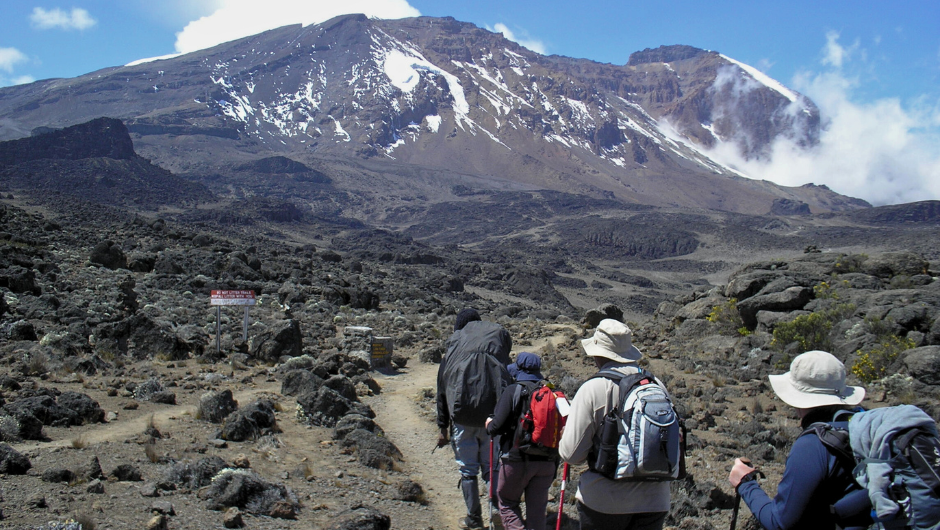
Reaching New Heights: Training & Acclimatisation
Kilimanjaro is graded ‘Extreme’ due to its high altitude, long trekking days, and challenging terrain So, training is non-negotiable! Focus on endurance training, incorporating long hikes, ascents and rugged terrain where possible – while carrying your weighted daypack.
Remember, anything over 2,500m is considered high altitude and affects the body, so proper acclimatisation is key. Take advantage of our expert partners at The Altitude Centre, who offer Charity Challenge participants free online group consultations covering acclimatisation, altitude advice, training tips and Q&A sessions with their specialists. Our participants also receive 50% off bespoke training plans tailored to specific treks like Kilimanjaro.
- It was on Kilimanjaro that I learnt the importance of drinking water regularly and slowly, plus having electrolytes. You will no doubt hear the phrase “sippy, sippy, slowly, slowly” on the mountain. Proper hydration is essential – it supports circulation and oxygen delivery, which is crucial as your body adapts to lower oxygen levels at higher altitudes. Our bodies also naturally increase urination at altitude as part of the acclimatisation process, so fluid loss happens faster than you might expect. That’s why it’s so important to stay hydrated. It can help you manage the onset of altitude sickness. If you start to feel unwell – headache, fatigue, nausea – don’t ignore it. Keep sipping water, listen to your body, and speak up. Our mountain leaders are there to support you. – Jenn Payne, Challenge Leader
- Listen to what the local guides tell you regarding acclimatisation. They are experts! Make sure you walk at the correct pace (even if it is slower than you would normally walk). Drink more fluids than you normally would. Eat more food than you normally would. Sleep more than you normally would. These 4 things will really help you acclimatise. This is particularly important in helping you prepare for summit night! – Andy Killey, Head of UK Operations
- Make sure you train hard for the climb, it pays dividends on summit night! This is your climb, you’re not in a race, you are only competing against yourself. – David Holmes, Participant
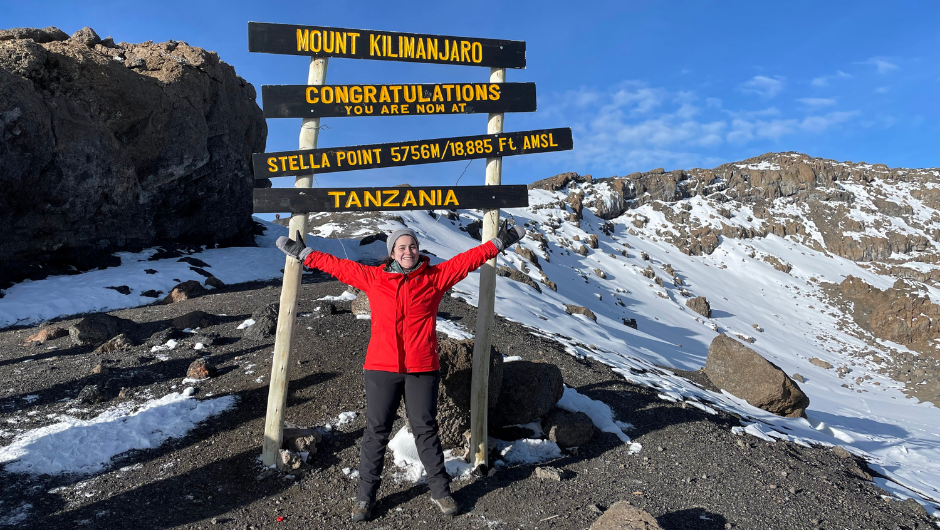
Conquering Camp Life
Camping on Kilimanjaro is all about staying warm and organised. After a day of trekking, you will arrive to your campsite in the afternoon where you can relax, have a hot drink and eat your dinner in the mess tent before heading to bed. Keeping your kit tidy and your warm layers easily accessible will make camp life much smoother – a few simple routines can make all the difference on the mountain.
- The difference in temperature from sun up to sun down is immense. It’s as fast as someone switching the lights off. Once the sun goes down, it gets cold fast. So once back in camp, my advice is to get organised. Get your sleeping bag and mat arranged in your tent, get your head torch out, and some warm clothes ready for once the temperature drops. If you’re really organised, get your clothing ready for the following morning, because having to get out of your sleeping bag to get things whilst it’s still freezing is no fun! – Simon Albert, Charity Challenge Co-founder
- It gets cold at nighttime, and when setting off in the early mornings, especially on summit day. As I’m prone to getting Raynaud’s (poor blood circulation in your toes and fingers), having hand warmers, glove liners and sock liners really helped. And if you have any extra hand warmers, I highly recommend you add them to your sleeping bag to keep you snug! – Jenn Payne, Challenge Leader
- Fill your water bottle (if designed to do so) with boiling water at night and place it in your sleeping bag for extra warmth! – Rhiannon, Operations Manager
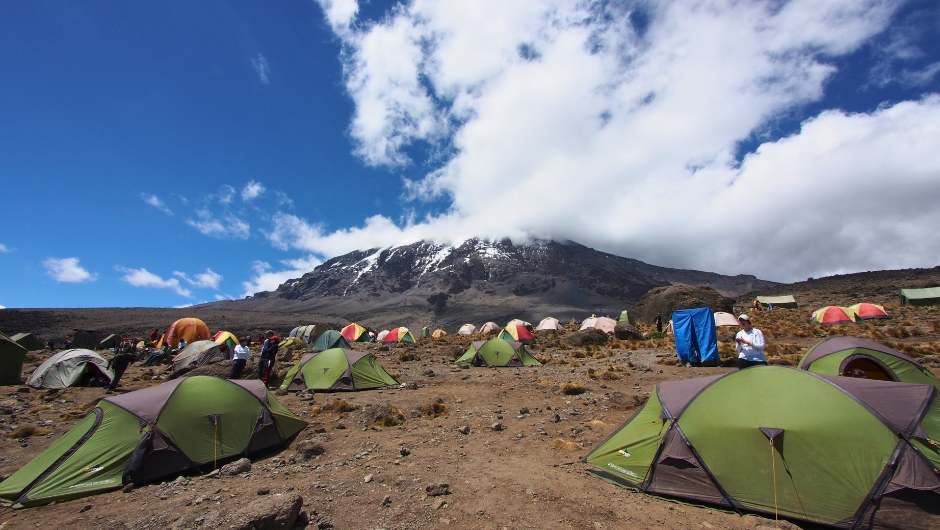
Mind Over Mountain: Mental Preparation
Mental preparation is just as important as the physical training for Kilimanjaro. This challenge goes beyond just trekking; it tests your mindset and resilience to new extremes. Expect cold, fatigue, basic facilities, and long days – especially the tough push on summit night. Visualising yourself on the mountain and preparing for possible struggles with acclimatisation, cold temperatures and camping for seven consecutive nights can make a huge difference.
- Even for the fittest of people – mental preparation is vital to help you stay strong throughout the journey! – Rhiannon, Operations Manager
- Go with the flow, don’t overthink anything. Enjoy and soak up every moment because it’s over before you know it. And be prepared for the hardest, but most wonderful, night of your life! – Liz Wilson, Participant
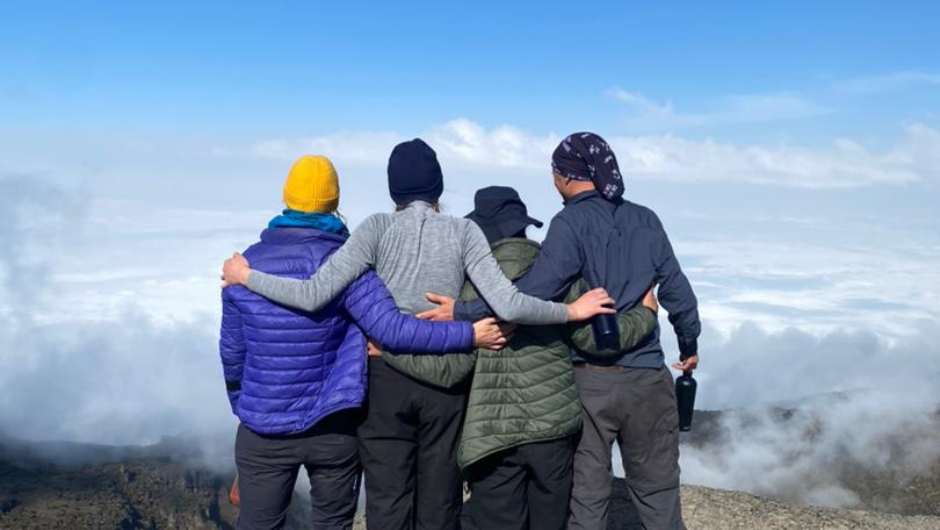
To conclude… start prepping!
If you are now seriously considering taking on the Kilimanjaro Summit Climb – Lemosho Route, we strongly recommend heading over to our website to read through our full Itinerary, Costs, Kit List and extensive Essential Information tabs. You’ll find everything you need to know here in detail, from visa information, timings, locations, food and drink, difficulty level breakdowns, training advice, group safety, equipment and much, much more (including answers to those all-important ‘what if?’ questions).
Our blog also hosts a wealth of resources to help prepare you for your fundraising challenge.
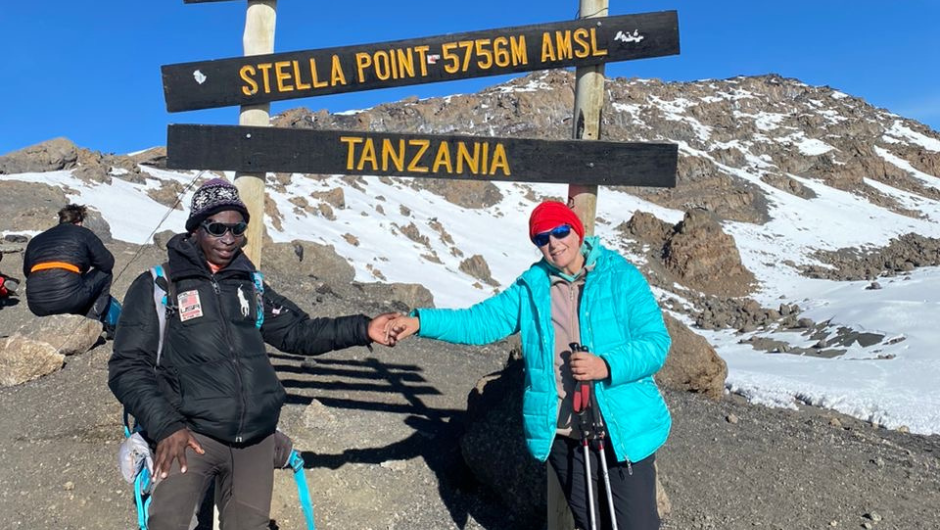
Why should I book the Kilimanjaro Summit Climb – Lemosho Route with Charity Challenge?
Over the years Charity Challenge has built up a wealth of experience that has enabled us to create a Kilimanjaro Summit Climb itinerary that balances an exhilarating trek, with expert support and sustainable tourism considerations – ensuring you have the best chance to reach the summit safely, respectfully and enjoyably.
- The Lemosho Route itinerary is typically longer than other southern and eastern routes, giving more time to acclimatise – which is why we have a 97% success rate reaching the crater rim! Our challenges, no matter how epic, are never a race.
- Our expert English speaking guides and expedition medic will be with you every step of the way, managing your challenge, safety and providing expert trekking and acclimatisation advice during your trek.
- We work directly with a local, ethical, KPAP (Kilimanjaro Porters Assistance Project) certified supplier to organise our climbs on Mount Kilimanjaro. This means that by choosing to climb with us, you are doing the most to ensure the porters supporting your climb are given the proper welfare and salaries they deserve.
- We offer an exciting optional 3-day extension, where you can explore and enjoy the amazing wildlife of Tarangire National Park & Ngorongoro Crater Safari (check the itinerary tab of the challenge page).
- Benefit from a wealth of resources and support pre-challenge, such as clothing and equipment discounts from a range of quality suppliers, including our expert partners at The Altitude Centre.
Fundraising – Since 1999, we have specialised in operating challenges for charity fundraisers. We partner with 1000’s of UK and Irish charities already – and our team is happy to reach out to a charity of your choice to make your dream fundraising challenge happen. (Or, if you don’t fancy fundraising, the good news is you can simply self-fund and join us anyway!).
Remember, the Kilimanjaro Summit Climb – Lemosho Route is graded as ‘Extreme’, and is a legendary mountain trekking challenge! With the right preparation, this life-changing challenge is incredibly rewarding to complete – making it an excellent choice for an Overseas Charity Challenge!


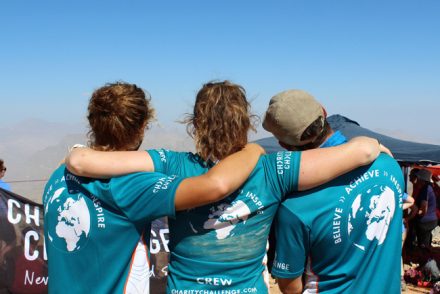
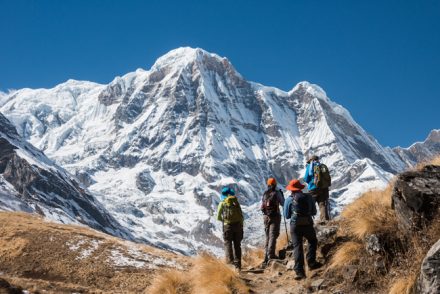
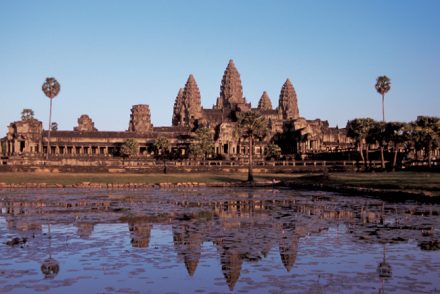

No Comments